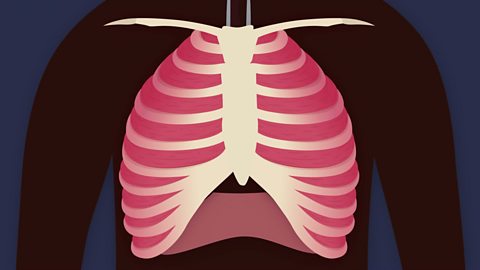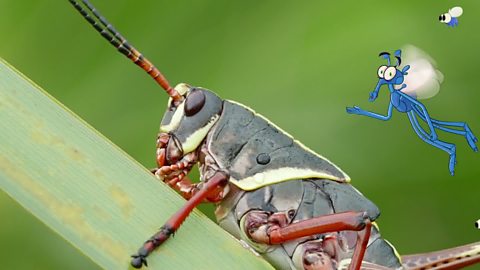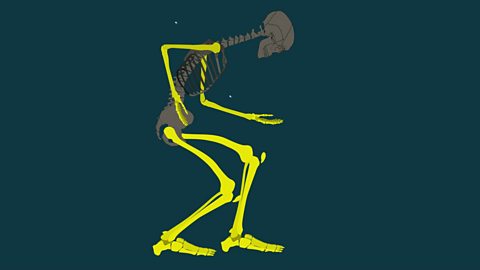How do animal circulation systems work?
Video - How different animal circulation systems work
In this video, learn how mammals, fish and insects' circulation systems move blood around their bodies.
Find out about the different ways blood circulates around mammals, fish and insects.
Stay close, please, children. We are here at the riverbank to look at the way different animal circulation systems move blood around their bodies.
This furry creature is a water vole.
Like all mammals, it has a circulation system that's made up of two circuits.
Its heart pumps oxygen rich blood around its body and back again. And also pumps oxygen poor blood to its lungs and back to its heart so it can collect more oxygen.
This system is perfect for mammals who need to circulate lots of oxygen in order to keep up their active lifestyles.
Fish have a circulatory systems with just one circuit.
Their hearts pump oxygen poor blood to their gills, where oxygen is absorbed from the water.
The blood then flows around the fish's body and back to the heart.
This system might not be quite as efficient as a mammal's for getting oxygen around the body but that's okay for fish as they don't need as much oxygen as mammals.
Grasshoppers have what's called an open circulatory system.
Fluid isn't enclosed inside blood vessels but is pumped into a cavity inside their bodies where it circulates around their organs.
This fluid delivers nutrients for energy and growth, but not oxygen.
Instead, insects get this directly from the air through tiny openings called spiracles.
It's a very efficient system.
I mean, look at me, I've got so much energy and oxygen I can do aerobatics.
Ouch. Ah! Maybe not.
Quiz
More on Body systems
Find out more by working through a topic
- count6 of 25

- count7 of 25

- count8 of 25

- count9 of 25
